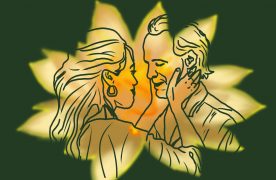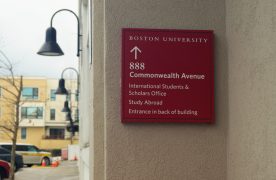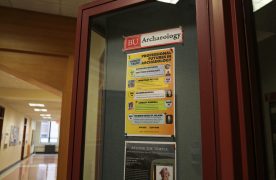For the Māori people native to New Zealand, cultural practices and history of the land is riddled with fantastical myths. According to legend, the Polynesian demigod Maui is credited with the creation of New Zealand, while the Māori hero Kupe is said to have discovered and settled the land. Centuries ago in the Māori ancestral homeland of Hawaiki, Maui’s grandmother, keeper of terrestrial knowledge, gave Maui her jawbone to use as a fishhook. He set sail on a canoe, or waka, in the Southern Pacific, casting his fishing line far into the ocean in hopes of catching the giant fish his grandmother told him of. It was then that Maui fished the north island of New Zealand from the sea.
It wasn’t until many years later that Kupe made his first voyage to New Zealand. By observing the position of stars and following the migration of birds, seabirds and a massive mythical octopus known as the giant wheke, he navigated his way to New Zealand. When he spotted the island, he mistook it for a cloud from afar. Thus, New Zealand now bears the traditional Maori name of Aotearoa, meaning “long white cloud.” He arrived on the east coast of the South Island in a place now known as Hokianga Harbor or “the returning place,” and, after circumnavigating Aotearoa, brought back others from his homeland to settle in the harbor.
So what do whimsical stories like these and other Māori myths have to do with New Zealand today and the surviving native people?
“A lot of these myth messages determine how we practice life today,” says lecturer Valance Smith from Auckland University of Technology’s Faculty of Māori and Indigenous Development. “All of those things are precedents to how we conduct ourselves and behave and relate to different people.”
For example, take the process of entering a marae, or communal sacred space that includes an ornate meetinghouse called a wharenui. Visitors to the marae, whether or not they subscribe to the Maori belief system, must take a series of actions before they are allowed to progress from a place of tapu, or spiritual restriction, to an ordinary place of noa, free from restrictions.
The steps taken by visitors, which include a welcome song and the hongi traditional greeting of touching noses, mirror the Māori story of creation. In the creation myth, the world came into being when the children of the Earth Mother Papatuanuku and the Sky Father Ranginui decided to separate their parents, resulting in a world of light and a world of darkness, or day and night. Thus, as visitors take steps required upon arrival at the marae, such as taking off their shoes before entering the meetinghouse, they go from a world of darkness — outside the marae — to a world of light — inside the marae.
So what are the biggest takeaways for the Western world from Maori culture? Their spiritual connection with their homeland and their respect for nature, Valance said.
“Without the environment, there would be no relationship,” he said. “That needs to be sustained.”
This is where environmental conservation and preservation comes into the picture in Aotearoa. Maybe New Zealand is renowned for its environmental consciousness because the country has such breathtaking natural beauty to offer, or perhaps this reputation is rooted in the Maori affinity for the land. Either way, the rest of the world could certainly learn from their eco-friendly attitudes and practices.
What will I take away from my six months living in Aotearoa?
The memories — of the people, the places and the sublime natural wonders I was able to experience while traveling here. I will remember how the crisp air felt hitting my lungs as I climbed above the tree line into the untouched subalpine terrain of Fiordland National Park as while hiking the Routeburn Track, how the rain cleared as I cruised through the vast waters of Milford Sound, making way for crystal clear skies and iridescent rainbows, how the turquoise waves crashed on the flawless sandy shores of Cathedral Cove, lapping gently at my toes and how, this weekend, the skies turned pink as the sun sank behind the clouds from the cliffs of Cape Reinga, New Zealand’s northwesternmost point.
Lastly, I will take away the six words of an ancient Māori expression Valance told me about that is often used as an ending to prayers: “Haumi E! Hui E! Taiki E!” Literally, it reads “Join, gather, unite.” Figuratively, it means, “To honor the past, the present and the future.” I will honor the Earth Mother, the Sky Father, Maui and Kupe for the creation and discovery of a land so magnificent as this one. I will do my best to enjoy my last month in New Zealand. And when I return to the United States this summer with a heart heavy from memories of Aotearoa, I will strive to see at home what I saw here: a world of light and beauty.











